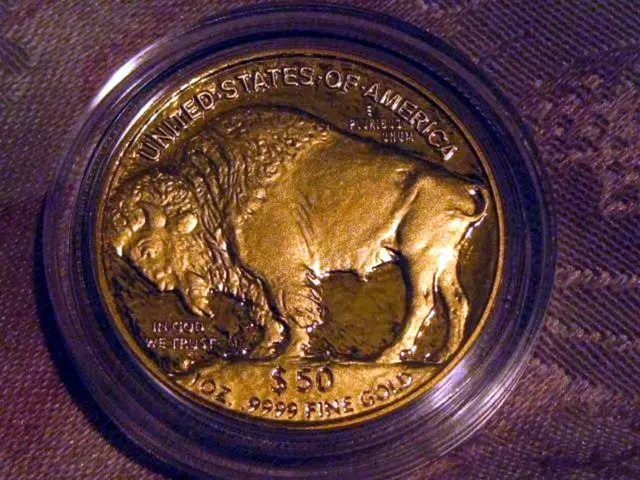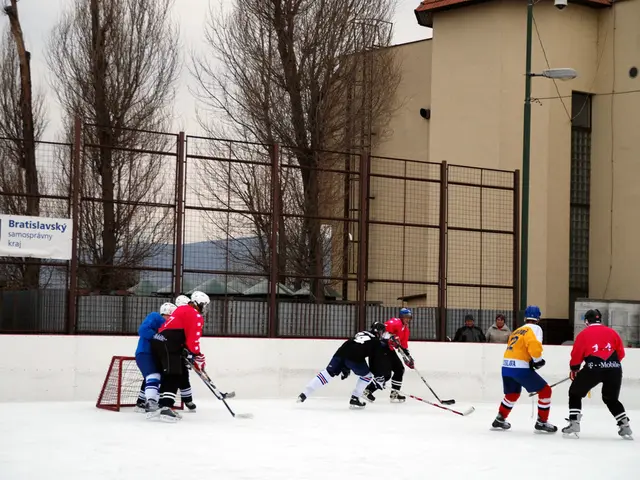Estonia commemorates its Independence Day celebration.
Celebrating the Resilience of Estonia: A Journey to Freedom
From the tumultuous Northern Crusades, Estonia, nestled between East and West, became a battleground for foreign powers. Danes, Germans, Russians, Swedes, and Poles fought fiercely for control, with Estonia falling under the rule of each in succession.
Beginning with the conquest by Danes and Germans in 1227, Estonia was ruled by Denmark, by Baltic German ecclesiastical states of the Holy Roman Empire, and by Sweden. After Sweden's defeat in the Great Northern War in 1710, Russian rule was imposed upon Estonia. Despite foreign domination, the Estonian spirit remained unbroken as they yearned for a state free from foreign control.
The enlightenment period from 1750-1840, also known as the estophile period, saw Baltic German scholars promoting and documenting Estonian culture and language. This laid the foundation for the Estonian national awakening in the middle of the 19th century, giving rise to a flourishing of Estonian arts, literature, and a strong sense of national identity[1].
With the Russian Revolution in 1917, the opportunity presented itself for Estonia to gain independence. The National Front, Estonia's main ideological movement, championed the principles of self-determination, inspired by US president Woodrow Wilson.
On April 8, 1917, an unprecedented 40,000 Estonians demonstrated in St. Petersburg in support of Estonian self-governance. Their peaceful demonstration was successful as the Russian Provisional Government signed the Law on Estonian Autonomy on April 12[1].
A six-member Provisional National Council, known as the Maapäev, was formed. The Maapäev appointed a national executive that began reorganizing and modernizing local government and educational institutions. However, their work was cut short when Bolshevik forces seized power in Russia and the impromptu Provisional Government was forcefully dissolved[1].
Despite the difficult circumstances, the Maapäev declared itself the supreme authority of Estonia on November 15, 1917. Just days later, the Salvation Committee of the Estonian National Council issued Estonia's Declaration of Independence on February 23, 1918, in Pärnu[1].
When Estonia was publicly proclaimed an independent and democratic republic on February 24, 1918, German troops occupied mainland Estonia. The Germans did not recognize Estonia's claim to independence, viewing it as a self-styled group usurping the sovereign rights of the German-Baltic nobility[1].
With the end of World War I forcing Imperial Germany to capitulate in November 1918, the German authorities handed over political power in Estonia to the Estonian Provisional Government. The government immediately mobilized the Estonian Army, which initially consisted of one division[2].
The communist Red Army, led by the Bolsheviks, planned a second attack on Estonia in November 1918 after retaking the border town of Narva. Faced with a fragile defense, an inexperienced administration, and limited resources, Estonia's war of survival had only just begun[2].
Despite insurmountable odds, Estonia rallied with the help of Baltic German militia, foreign assistance from the United Kingdom, Finland, Denmark, Sweden, and a strengthened Estonian Army[2]. By the time of their second Independence Day celebration on February 24, 1919, Estonia had successfully repelled the westward offensive of the Soviet Union and secured its borders[2].
After more than a year of intense fighting, the Estonian War of Independence ended with the Tartu Peace Treaty signed between Estonia and Soviet Russia on February 2, 1920. Estonia's losses were relatively small - about 2,300 killed and 14,000 wounded - but their sacrifices ensured that Estonia enjoyed freedom until 1940 and again from 1991 onwards[3].
* This article was originally published on 24 February 2015.
- Share67.1K
- Tweet
People during the enlightenment period laid the foundation for Estonian national awakening, promoting and documenting Estonian culture and language. The Estonian spirit remained resilient despite foreign rule, yearning for independence. In 1917, the opportunity for Estonia to gain independence emerged with the Russian Revolution, inspired by US president Woodrow Wilson's self-determination principles.
Estonians demonstrated peacefully in St. Petersburg, leading to the signing of the Law on Estonian Autonomy. However, the impromptu Provisional Government was dissolved when Bolshevik forces seized power. The Maapaev declared itself Estonia's supreme authority and issued the Declaration of Independence in Pärnu.
German troops occupied mainland Estonia, viewing the declaration as a self-styled group usurping the sovereign rights of the German-Baltic nobility. After World War I, the Estonian Provisional Government took power, mobilizing the Estonian Army and repelling Soviet Union's westward offensive.
Intense fighting ensued, with Estonia supported by Baltic German militia and foreign assistance from the UK, Finland, Denmark, Sweden. The Estonian War of Independence ended with the Tartu Peace Treaty in 1920, ensuring Estonia's freedom until 1940 and again from 1991 onwards.
Estonia's government, culture, and life were rebuilt during these periods of independence, with knowledge and progress making significant strides. Modern elections are held to determine the makeup of the Estonian parliament, upholding the democratic principles established in 1918.
Security remains a key concern for Estonia, with border protection and military cooperation necessary for the preservation of its independence. Economy plays a crucial role in the nation's survival, with Tallinn, Estonia's capital, serving as a hub for business and technological advancement.
The people of Estonia continue to celebrate their resilience and independence, cherishing their language, culture, and history. The Estonian spirit of perseverance endures, reflecting in the commitment to maintaining a free and prosperous nation in the face of numerous challenges.








